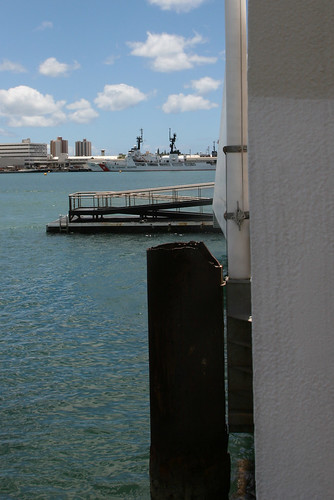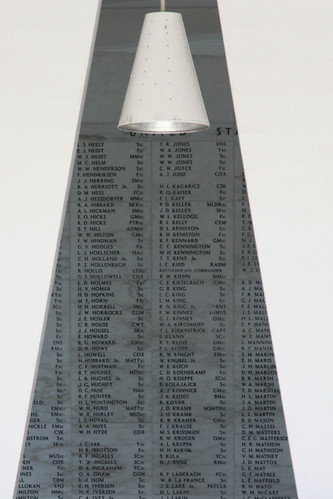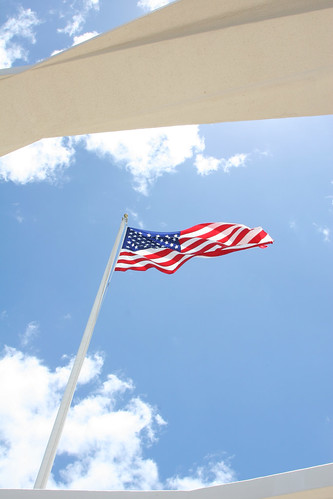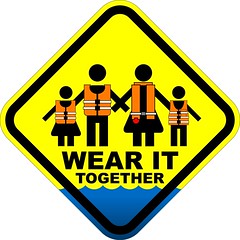I usually use this blog for communication with my team but Ryan has given me a great externally facing topic for our 100th post: What is Flotilla 76? A better question is "who is Flotilla 76?" since our strength is in our membership.
Our Flotilla is a multi-mission force multiplier for U.S. Coast Guard Sector Portland, Group/Air station Astoria, and Station Portland. We are currently 53 Auxiliarists located in and around Portland, Oregon who:
- conduct recreational boating safety classes with 11 qualified instructors
- conduct vessel examinations
- operate two surface facilities with 5 coxswains and 13 boat crew
- operate an air facility with 1 aircraft commander, one aircrew, and 2 observers
- operate a number of fixed and land mobile radio facilities
- conduct aids to navigation verifications with 11 aids verifiers
- participate in numerous public affairs events each year teaching thousands about boating safety and life jacket wear
- augment Sector Portland and Station Portland with administrative assistance, maintenance, and skilled work based on our qualifications and external skills
- hold numerous Division, District and National staff roles helping guide the Auxiliary
- and much more...
Name: Flotilla 76, District 13, "Swan Island"
Founded: 1957
Current membership: 53 Auxiliarists
Longest service: Earl Markham, 12-JUN-1952 (yes 57 years of service)













